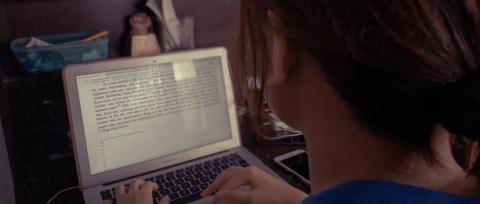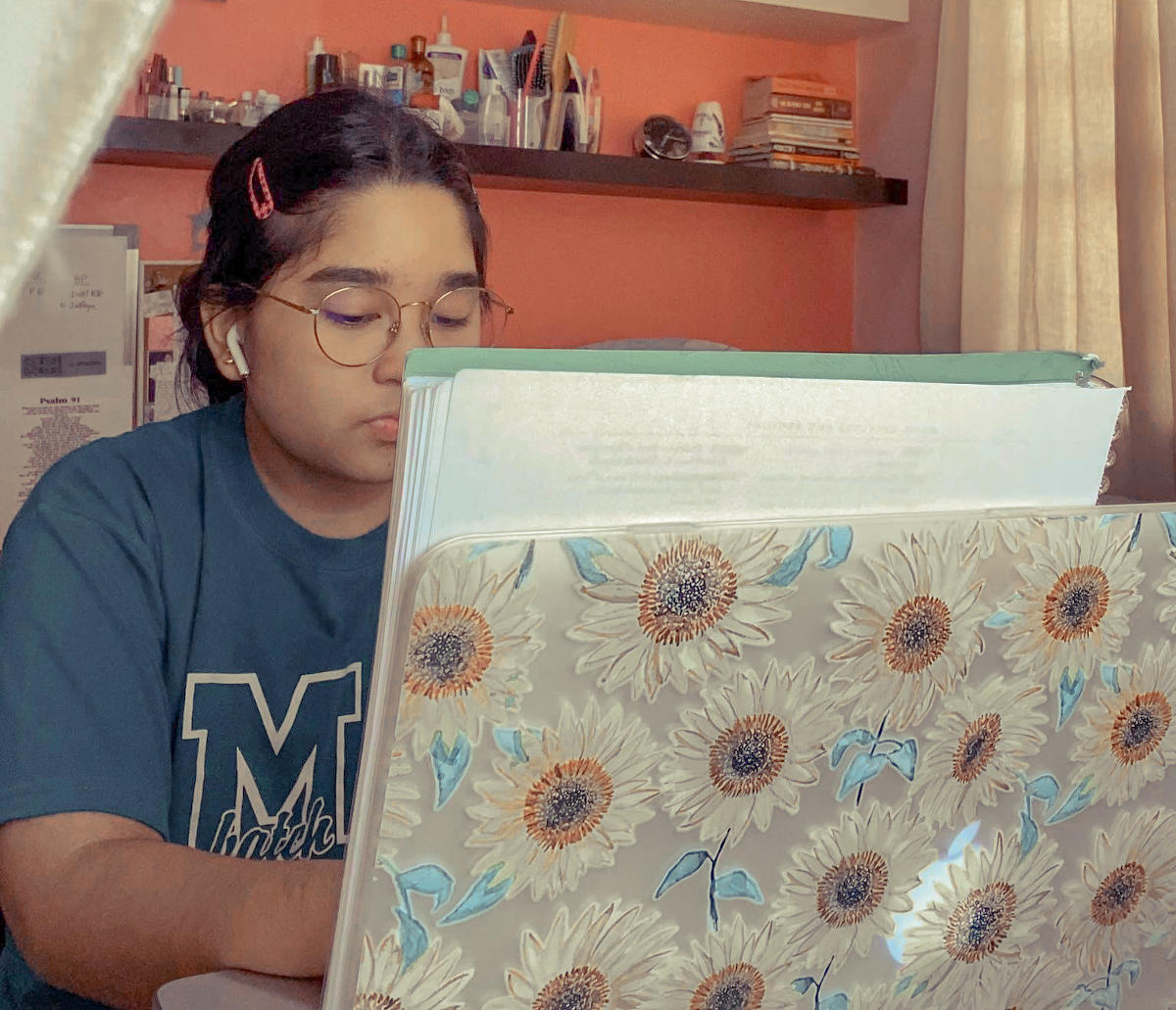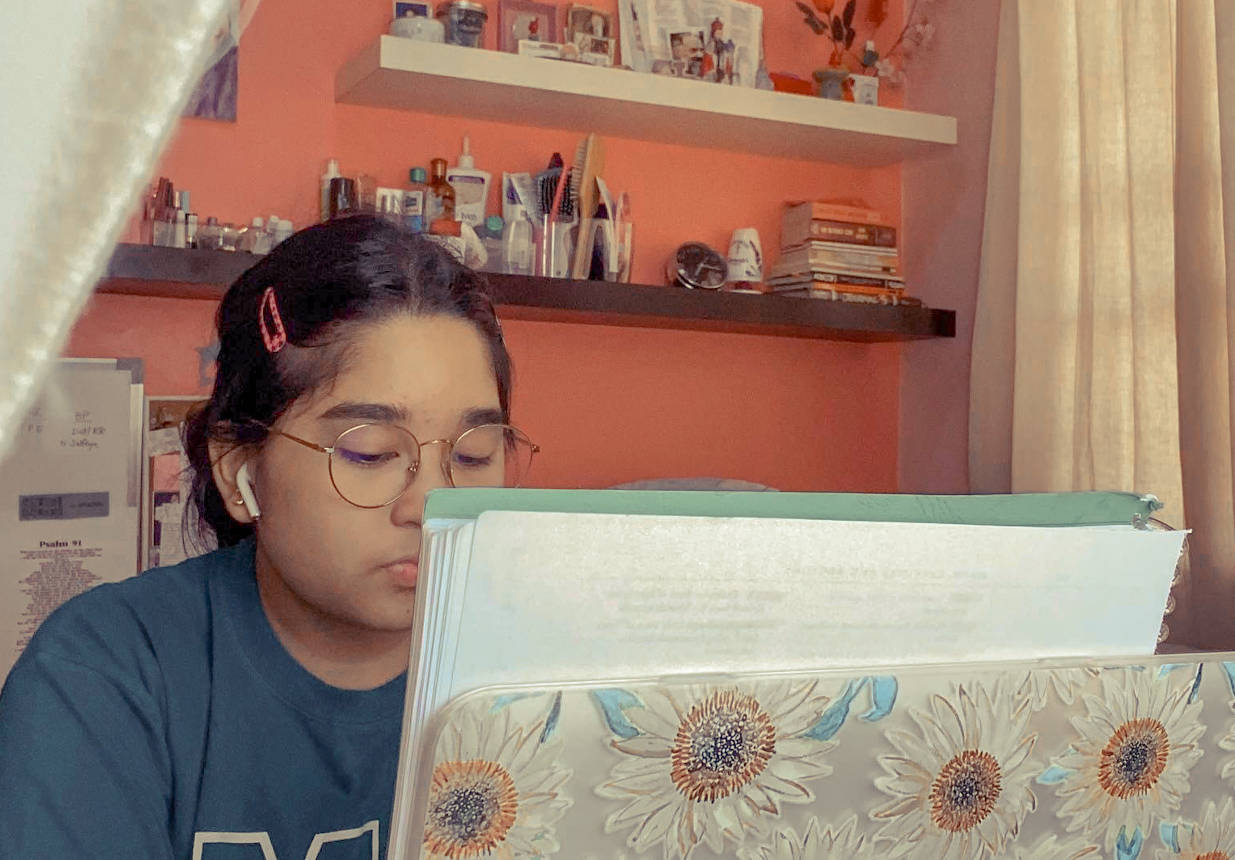

We are all living in a digital reality. While classes are temporarily suspended due to the Luzon-wide enhanced community quarantine, students and teachers alike still find ways to propagate digital learning amid the current health crisis.
Dr. Jovino Miroy who teaches Philosophy in the Ateneo de Manila University shared that at the beginning of the class suspensions, all classes were required to hold online classes. According to Miroy, online classes were not as effective due to the inaccessibility of the internet to some students and teachers. But online learning was encouraged.
Some students still attend online classes as required by their professors. Luis De Guzman and Kyra Mallari, who are both BS Legal Management freshman students from the Ateneo de Manila University, said that some of the applications they used in attending online classes include Moodle, Google Meet and Google Classroom. Some subjects that still have these online classes include Obligations and Contracts, English and Literature and Social Science. These classes usual take an hour to an hour and 30 minutes. “One of the main advantages of online classes is that some students can participate from their own comfortable spaces at home,” De Guzman said.
“A benefit of online learning is that it serves as an alternative learning for classroom discussions which is still somehow efficient. It also provides modules that can be studied alone at home,” Mallari said. According to Mallari, compared to a classroom learning experience, online classes are more challenging because not everyone is present during its live sessions.
De Guzman also admits that while online classes essentially help in the continuous learning of students, not everyone has access to the internet. “There are some technical difficulties we face when we attend online classes. Sometimes, the instructor’s feed would freeze and this causes the class to miss some information,” he said.
Mayi Zabala, a Communication freshman student from Miriam College, also attends online classes through Google Classroom, Edmodo and even Messenger. Her classes, which include NSTP and her major subject Communication, usually take an hour. During these online classes, Zabala shares that the teachers would upload a video of the powerpoint and presents it to the class via voice over. “Our teacher uploads this presentation in Google Classroom for the entire class to listen to. We are also given out homework to continue to learn the lessons,” Zabala said.
A Music student from the University of the Philippines Diliman, Francesca Mata said that initially, five out of her eight classes were required and able to conduct online classes. These include Arts 1, Kasaysayan, Music Theory, Music Literature and her physical education class which is Moden Jazz Dance. According to Mata, her online classes are not real-time. “Only pre-filmed videos and outputs were considered. Since they were all posted outputs – streamed videos, PDF files, filmed lecture videos, it was not so much a hassle in terms of internet connection,” Mata said.
“One of the advantages of online classes is the continuity of the learning experience. It also gives students and faculty alike to explore the different methods of alternative learning through technology,” Mata said. While Mata shared that the continuity of the learning experience is a great factor of online learning, she admits that it is still incomparable to having the traditional classroom experience where social connections are further reinforced and essentially built. “The limitations of online learning is very apparent for student-musicians such as myself. Online learning or classes through video conferencing are not sufficient in handling one-on-one classes. Physical rehearsals are still very crucial and important in our field,” she said.
The challenges posed by the COVID-19 pandemic is apparent within the academe. While there are still several issues that needed to be addressed in terms of online learning, its prevalent rise is now more visible as it becomes a platform for continuous learning. There may be difficulties faced in its initial implementation. This includes internet accessibility and connectivity made available to students and teachers alike. However, digital learning is currently the best alternative learning amid the health crisis. The best thing to do is to maximize every learning opportunity through the use of technology, while ultimately finding ways to adapt in this new digital reality.


